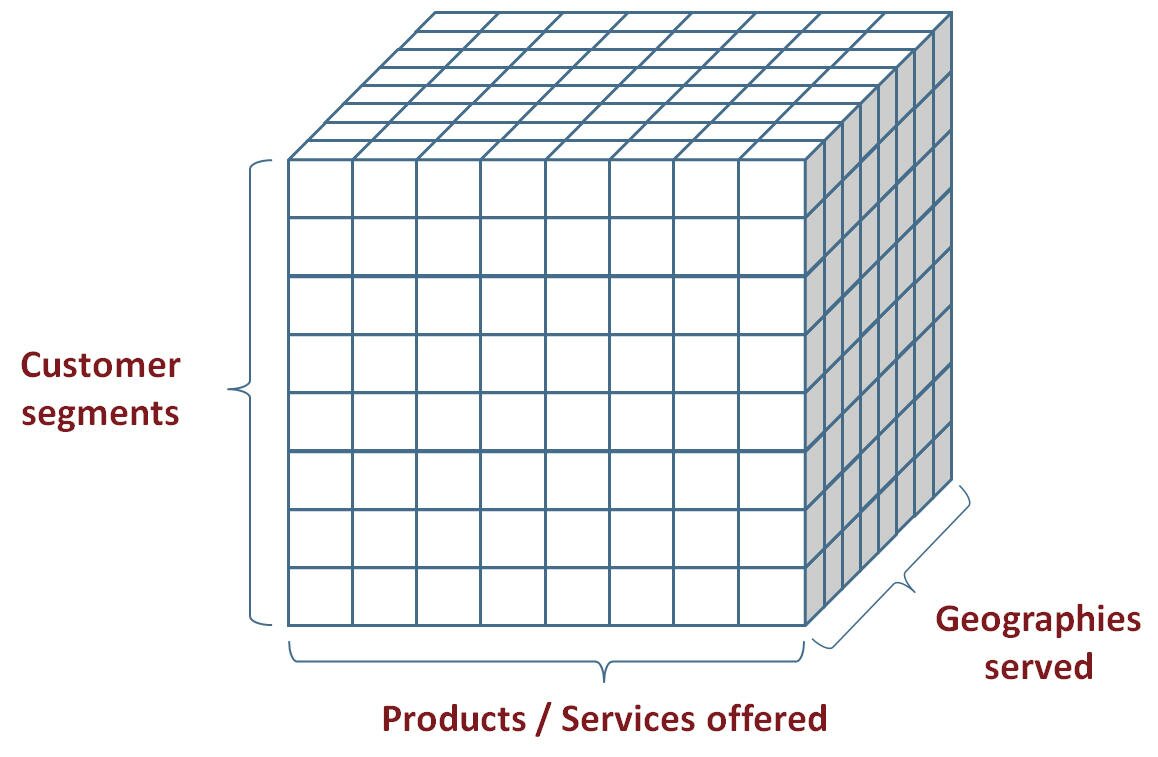How to Grow Your Business in a Downturn - Part 6
In our previous posts, we've talked about three tectonic shifts that define our current context, two insights based upon rigorous analysis of what happens before, during, and after a recession, the stresses in our current recession, the winning strategy, and a strategic framework we developed to understand "how" to best grow. Now we will turn our attention to the Growth Methodology to explore multiple ways to grow a business. Each method needs to be compared with the other methods in order to enforce the necessary discipline of investing scarce resources in the most effective growth for the company.
Organic Growth - Many companies are challenged with the ability to maintain profitable and predictable organic growth across their various markets and offerings and should spend adequate effort to build the capabilities of acquiring, cross-selling, and retaining customers, including appropriate levels of investment in marketing and social media initiatives. Organic growth, however, may prove to be slower and more difficult --and potentially more expensive -- than simply acquiring larger chunks of customers and revenue through “add-on” acquisitions, which are acquisitions of smaller companies in your market space that enable you to quickly build scale.
- How can we improve our ability to get, keep, and grow customer with current products and services?
- What add-on acquisitions can we complete to build scale more quickly?
New Market and New Offering Growth - In addition to organic growth, high-growth organizations need to nurture the capability to continually enter new markets and develop new products.
- What new products or services should we offer?
- What new segments should we enter?
- What new adjacent markets should we enter?
- What new geographies should we enter?
I find it helpful to envision this type of growth methodology with an Opportunity Matrix which includes dimensions such as new customer and market segments, new geographic markets (such as the BRIC countries), and the ongoing development of new products and services to expand your offering, and to replace products and services that are at the end of their lifecycle.

New Platform Growth - A fully-developed growth strategy should also include new “platforms” -- or business units -- which are often the engines of the most strategic growth and will typically occur much less frequently than the two previous methodologies, which are more tactical in nature. New platforms are often formed through strategic alliances, venture development investments, and strategic mergers and acquisitions that transform your company, take your company into a new line of business, or helps you consolidate market share.
- Strategic alliances - what partnerships or distribution arrangements can be forged?
- Venture development - should we consider working with external entrepreneurs?
- Strategic M&A - should we consider growth via M&A?
We will explore various growth enablers - the vital resources every company needs in order to grow – in our next post. Continue on to Part 7 of this series.
- October 29, 2012
- Strategy
Please login to post a comment.
Member Log In
Register Now
Register now to gain access to all of the resources available on our site. Basic membership is free!
